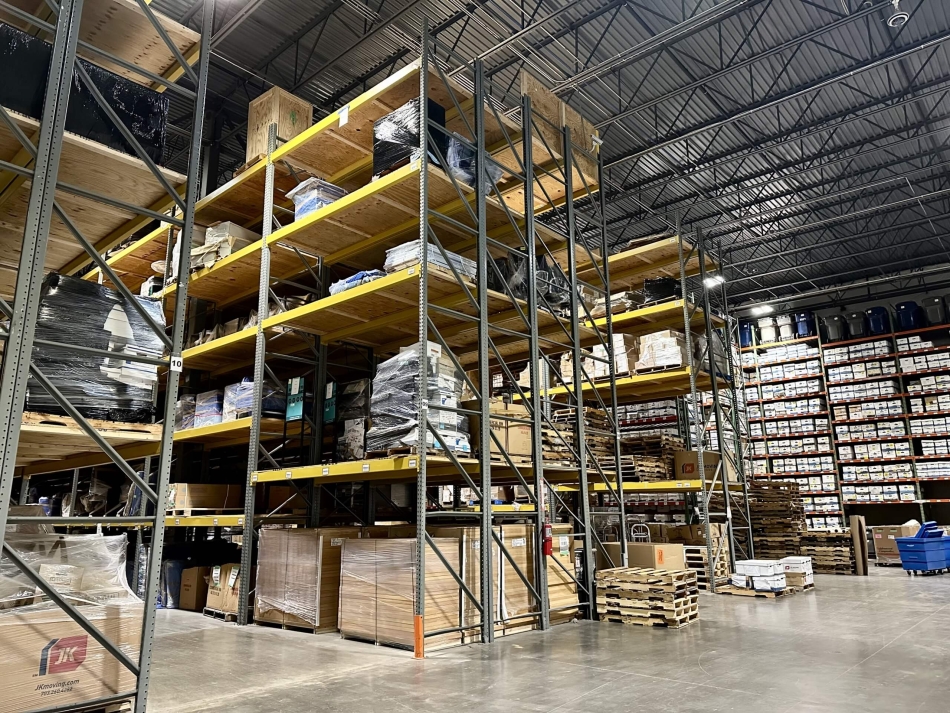In today’s complex business landscape, the efficient management of Operational Supplies and Equipment (OS&E) is no longer a mere operational necessity but a strategic imperative. For industries such as healthcare, hospitality, and manufacturing, the timely availability of essential supplies can significantly impact operational efficiency, customer satisfaction, and overall business performance.
The nuances of OS&E logistics
While the core principles of logistics remain consistent, OS&E logistics present unique challenges and opportunities due to the diverse nature of supplies and equipment. Factors such as perishable goods, specialized handling requirements, and stringent regulatory compliance demand tailored solutions.
Best Practices for Effective OS&E Logistics
- Demand forecasting and inventory optimization: Accurate demand forecasting is essential to avoid stockouts and excess inventory. Advanced analytics and machine learning can help refine predictions and optimize inventory levels.
- Supplier relationship management: Building strong partnerships with reliable suppliers is crucial for consistent product quality, competitive pricing, and timely deliveries. Collaborative relationships can also facilitate efficient information sharing and problem-solving.
 Technology-enabled solutions: Leveraging technology can significantly enhance OS&E logistics. Warehouse Management Systems (WMS) streamline inventory management, Transportation Management Systems (TMS) optimize transportation routes, and Internet of Things (IoT) devices provide real-time visibility into supply chain operations.
Technology-enabled solutions: Leveraging technology can significantly enhance OS&E logistics. Warehouse Management Systems (WMS) streamline inventory management, Transportation Management Systems (TMS) optimize transportation routes, and Internet of Things (IoT) devices provide real-time visibility into supply chain operations.- Risk mitigation and contingency planning: Disruptions in the supply chain, such as natural disasters or geopolitical events, can have a significant impact on businesses. Developing robust contingency plans and implementing risk mitigation strategies are essential to minimize disruptions and ensure business continuity.
- Data-driven decision making: Analyzing data from various sources, including inventory levels, supplier performance, and transportation metrics, can provide valuable insights for optimizing operations and making informed decisions.
The role of a trusted logistics partner
A reliable logistics partner can be instrumental in navigating the complexities of OS&E logistics. Look for a partner that understands your needs and offers services that align with your business priorities, such as the following:
- Procurement and logistics: Managing the procurement process and ensuring timely and accurate fulfillment of your OS&E items.
- Installation and rectification: Coordinating the installation and rectification of your equipment, ensuring everything is set up correctly and functioning as expected.
- Asset removal and liquidation: Managing the removal, liquidation, or decommissioning of assets when equipment or supplies are no longer needed, helping you maximize value and minimize waste.
- Freight and warehouse management: Providing flexible storage and distribution solutions tailored to your business. Protecting assets and providing real-time visibility to quantities and quality.
- Process improvement and project management: Leveraging efficient project management and streamlined operations to ensure your project is completed on time and within budget.
By providing expertise, infrastructure, and technology, logistics partners can help businesses achieve the following:
- Enhanced efficiency: Streamlining operations, reducing lead times, and minimizing costs.
- Improved visibility: Gaining real-time insights into supply chain activities and proactively addressing potential issues.
- Risk management: Implementing effective contingency plans and mitigating supply chain disruptions.
- Cost optimization: Negotiating favorable terms with suppliers, optimizing transportation routes, and reducing inventory holding costs.
- Scalability: Adapting to changing business needs and scaling operations as required.
Conclusion
In today’s competitive environment, businesses that can effectively manage their OS&E logistics have a significant advantage. By adopting best practices, leveraging technology, and partnering with a reliable logistics provider, organizations can optimize their supply chains, enhance customer satisfaction, and drive business growth.


